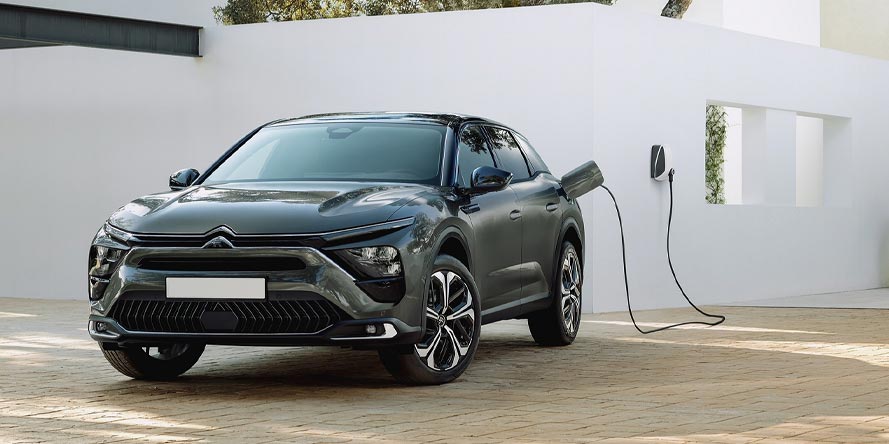A Guide To Plug-In Hybrid Vehicles
Although plug-in hybrid vehicles (PHEVs) are not as popular as 100% electric vehicles, they have proved to be a useful way to transition from traditionally-fuelled vehicles to electric vehicles, and in terms of emissions are considered to be ultra-low emission vehicles with CO2 at less than 75 g/km.

What is a PHEV?
A PHEV is a vehicle which uses a rechargeable battery to power an electric motor but also uses another fuel – usually petrol or diesel – to power an internal combustion engine. The battery is charged using a cable plugged into a charger, rather than by using an energy recovery system as full hybrid vehicles do.
How do PHEVs work?
Basically a PHEV runs on the electric battery until this power is depleted and then it switches to using the internal combustion engine. This means that the driver has to manage both systems separately. The range capacity of the electric battery for a PHEV is not as big as a BEV (100% battery electric vehicle).
When looking at how the PHEV works, we need to analyse different components of it:
Battery – This is a lightweight Lithium battery that is used to store energy, just as it does with a BEV, but the size of the battery is not as big. The battery is charged using an external power source, which can be done either at home or via a public charging point.
Motor - The motor converts battery energy into mechanical energy, and the vehicle’s transmission then transfers that mechanical energy from the motor to drive the wheels. PHEVs also use regenerative braking. This is an energy recovery system which converts unused kinetic energy when the vehicle brakes and slows down, into electrical energy. This energy is stored in the battery. For a full HEV this energy is sufficient to power the motor for a short range/mileage, but in a PHEV this is just stored as a means of using less energy to power the motor, so is a cost-saving system.
Fuel – The vehicle’s transmission can select either the internal combustion engine or the electrical motor as its power source, hence there is a fuel cap on the outside of the car for traditional fuel much as there is a for a petrol/diesel vehicle. This therefore means that a PHEV also needs an exhaust system to channel emissions. Most models of PHEV have a fine-tuned exhaust system which releases lower CO2 emissions.

How do you drive a PHEV?
Most people think of a PHEV as a regular EV with a traditional fuel back-up, because the vehicle uses electric power first until that is depleted. You can usually get 30-60 miles out of a full electrical charge without using the fuel back-up, so if you are just using the vehicle for short daily trips and maybe a short commute to work, then you shouldn’t need to use traditional fuel at all. If you are going on a longer trip you will need to use petrol or diesel.
How do you charge a PHEV?
A PHEV uses either level 1 or 2 charging, otherwise known as slow or fast. A slow charge can be done at home using a regular 120 volts mains socket, and will take about six hours to fully charge the battery. A fast charge needs a 240 volt outlet installed. This can be fitted in your home or you can use a public charger, or a charger at work. A full charge can be achieved in about three hours. Rapid charging is not suitable for PHEVs because the DC current used is too powerful due to the lower battery capacity of a PHEV.
What are the costs of driving a PHEV?
Typically the costs of driving a PHEV are slightly more than a BEV, because you are using an internal combustion engine. This means there are more moving parts and hence more maintenance required. However, if you manage your driving and use traditional fuel very little, then this will reduce your maintenance costs because the engine will sit idle most of the time.
Energy costs are saved through the regenerative braking system but general driving using electric power is much cheaper per mile than using petrol or diesel. The market price of electric power is also much more stable than for petrol or diesel, so your motoring costs are also much easier to predict and manage.




























